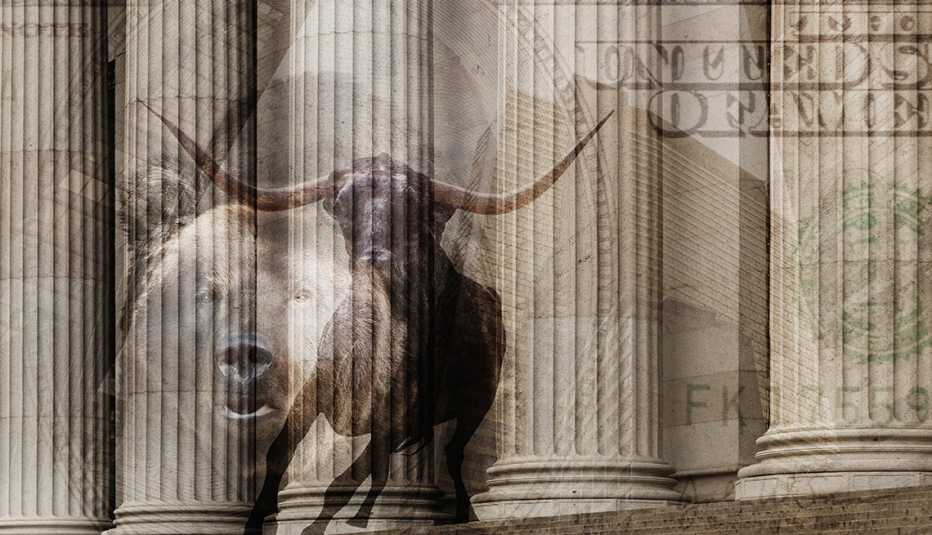Staying Fit
The coronavirus bear market has probably left a smoking crater in your retirement portfolio. In only 23 trading days, the S&P 500 index plummeted 33.9 percent from its high on Feb. 19. Though it rebounded a bit, it still ended the first quarter down just over 20 percent.
Bear markets are always painful, but after an 11-year bull market, this bear is particularly excruciating. That said, no bear market should go wasted. There are lessons to be learned going forward.


AARP Membership— $12 for your first year when you sign up for Automatic Renewal
Get instant access to members-only products and hundreds of discounts, a free second membership, and a subscription to AARP the Magazine.
1. Stocks really are volatile. We all knew this from an intellectual standpoint but we so enjoyed the past 11 years that we pushed this knowledge back into the attic of our mind. And there it sat, just collecting cobwebs — until Feb. 19.
2. Our risk tolerance wasn't as high as we thought. Stockbrokers and financial planners typically require new clients to fill out a risk tolerance questionnaire before they make any changes to a portfolio. But asking people how they would feel if their stocks lost a third of their value is a whole different exercise than asking how they feel after it happens. We thought our risk tolerance was much higher in January than we did in March. Experiencing a bear market makes us view risk in a new light — which is why risk-tolerance questionnaires don't work.
3. Bonds should be boring. We don't learn the wonders of being boring until the market gets more exciting than we'd like. You want your bond funds to zig when the market zags, and high-quality bonds and bond funds do just that. This quarter, the iShares Core U.S. Aggregate Bond ETF (AGG), comprising about 63 percent U.S. government and 37 percent investment-grade corporate bonds, gained 3.1 percent, including interest. On the other hand, those shooting for high income through junk bonds instead of high-quality bonds gained unnecessary pain. Junk bonds, which Wall Street politely calls “high-yield bonds,” are IOUs issued by companies with less than stellar credit ratings — making them very risky when the economy looks shaky. The SPDR Bloomberg Barclays High Yield Bond ETF (JNK) lost 12.74 percent, including the interest received. You need high-quality bonds to be a shock absorber.
4. We take risks we don't need to. We are 11 years older than when the financial/real-estate crash bottomed on March 9, 2009, and we have less time to recover than we did then. As you approach your financial goals, it makes sense to pare back risk, because you won't have time to make up big losses.



































































